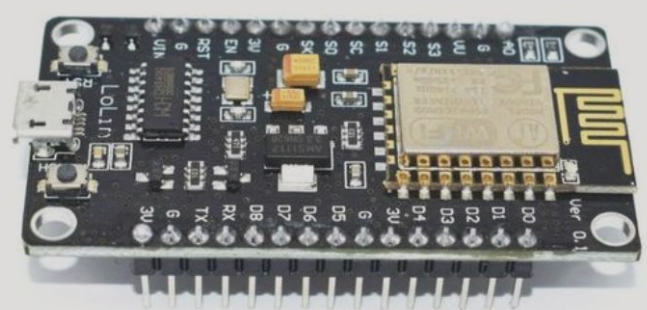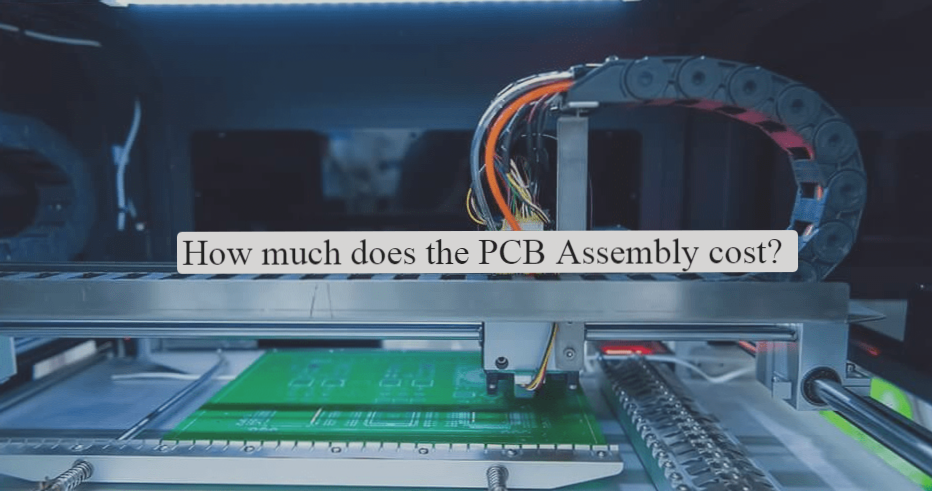1. At present, PCBA manufacturing companies are increasingly digitizing and automating their operations and production processes, from raw material procurement through to product sales and distribution.
2. The ongoing accumulation of data, along with the continuous advancement and refinement of data algorithms and models, presents opportunities for integrating artificial intelligence into the manufacturing industry. This integration facilitates the transition of enterprises from traditional production methods to intelligent manufacturing.
3. As a pivotal technology driving the shift towards intelligent manufacturing, the development of artificial intelligence not only enhances manufacturing processes but also transforms the role of machines from mere “labor tools” to “labor partners.”

In the early stages of PCBA processing, I attempted to use purely mechanical methods instead of manually assembling PCBA parts. Ultimately, this approach failed to replace manual assembly. Machines often lack the flexibility of human workers, resulting in various issues during initial use. With the advancement of modern artificial intelligence, the PCBA processing industry is undergoing a new transformation. Below, I will delve into the specifics of how PCBA factories are evolving.
In an era before intelligent machines, human intelligence had to fill the gap. However, human physical strength is limited, prone to fatigue, and mental states are unpredictable. More critically, some problems are beyond human discernment, such as determining compound force in a machine, the impact of environmental vibrations on processing quality, or the risk of dust explosions in the workshop.
Thus, there has always been a need for “intelligent” elements beyond human capability to participate in PCBA processing. Whether mimicking human functions or integrating biological intelligence into machines, production environments, or processes, the goal is to ensure: real-time status information, timely and appropriate decision-making, full accommodation of product feature changes, high-quality and high-value-added products, efficient and safe manufacturing processes, proactive equipment maintenance, and cost-effective, green business operations.
Companies can deploy sensors and smart chips throughout the workshop to process and analyze full-link production data, enhancing efficiency, inventory turnover, and equipment utilization. At the sales level, artificial intelligence can analyze massive transaction data to formulate automated, intelligent production plans. In PCBA production, AI can diagnose equipment and product quality issues, improving yield. At the circulation level, sensors on products collect status data to support decision-making and predictive maintenance.
2. The ongoing accumulation of data, along with the continuous advancement and refinement of data algorithms and models, presents opportunities for integrating artificial intelligence into the manufacturing industry. This integration facilitates the transition of enterprises from traditional production methods to intelligent manufacturing.
3. As a pivotal technology driving the shift towards intelligent manufacturing, the development of artificial intelligence not only enhances manufacturing processes but also transforms the role of machines from mere “labor tools” to “labor partners.”

In the early stages of PCBA processing, I attempted to use purely mechanical methods instead of manually assembling PCBA parts. Ultimately, this approach failed to replace manual assembly. Machines often lack the flexibility of human workers, resulting in various issues during initial use. With the advancement of modern artificial intelligence, the PCBA processing industry is undergoing a new transformation. Below, I will delve into the specifics of how PCBA factories are evolving.
In an era before intelligent machines, human intelligence had to fill the gap. However, human physical strength is limited, prone to fatigue, and mental states are unpredictable. More critically, some problems are beyond human discernment, such as determining compound force in a machine, the impact of environmental vibrations on processing quality, or the risk of dust explosions in the workshop.
Thus, there has always been a need for “intelligent” elements beyond human capability to participate in PCBA processing. Whether mimicking human functions or integrating biological intelligence into machines, production environments, or processes, the goal is to ensure: real-time status information, timely and appropriate decision-making, full accommodation of product feature changes, high-quality and high-value-added products, efficient and safe manufacturing processes, proactive equipment maintenance, and cost-effective, green business operations.
Companies can deploy sensors and smart chips throughout the workshop to process and analyze full-link production data, enhancing efficiency, inventory turnover, and equipment utilization. At the sales level, artificial intelligence can analyze massive transaction data to formulate automated, intelligent production plans. In PCBA production, AI can diagnose equipment and product quality issues, improving yield. At the circulation level, sensors on products collect status data to support decision-making and predictive maintenance.


